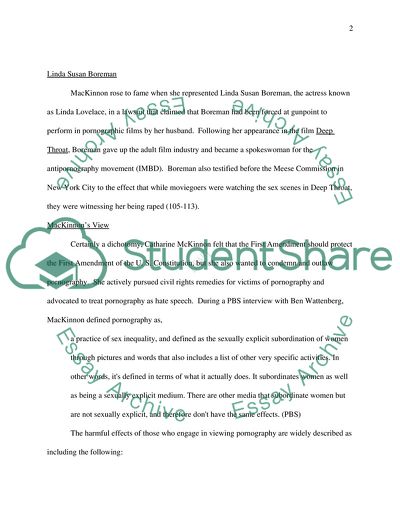Cite this document
(The Distinction Between Pornography and Obscenity Coursework, n.d.)
The Distinction Between Pornography and Obscenity Coursework. https://studentshare.org/philosophy/1760803-how-can-i-attach-the-assignment
The Distinction Between Pornography and Obscenity Coursework. https://studentshare.org/philosophy/1760803-how-can-i-attach-the-assignment
(The Distinction Between Pornography and Obscenity Coursework)
The Distinction Between Pornography and Obscenity Coursework. https://studentshare.org/philosophy/1760803-how-can-i-attach-the-assignment.
The Distinction Between Pornography and Obscenity Coursework. https://studentshare.org/philosophy/1760803-how-can-i-attach-the-assignment.
“The Distinction Between Pornography and Obscenity Coursework”. https://studentshare.org/philosophy/1760803-how-can-i-attach-the-assignment.


